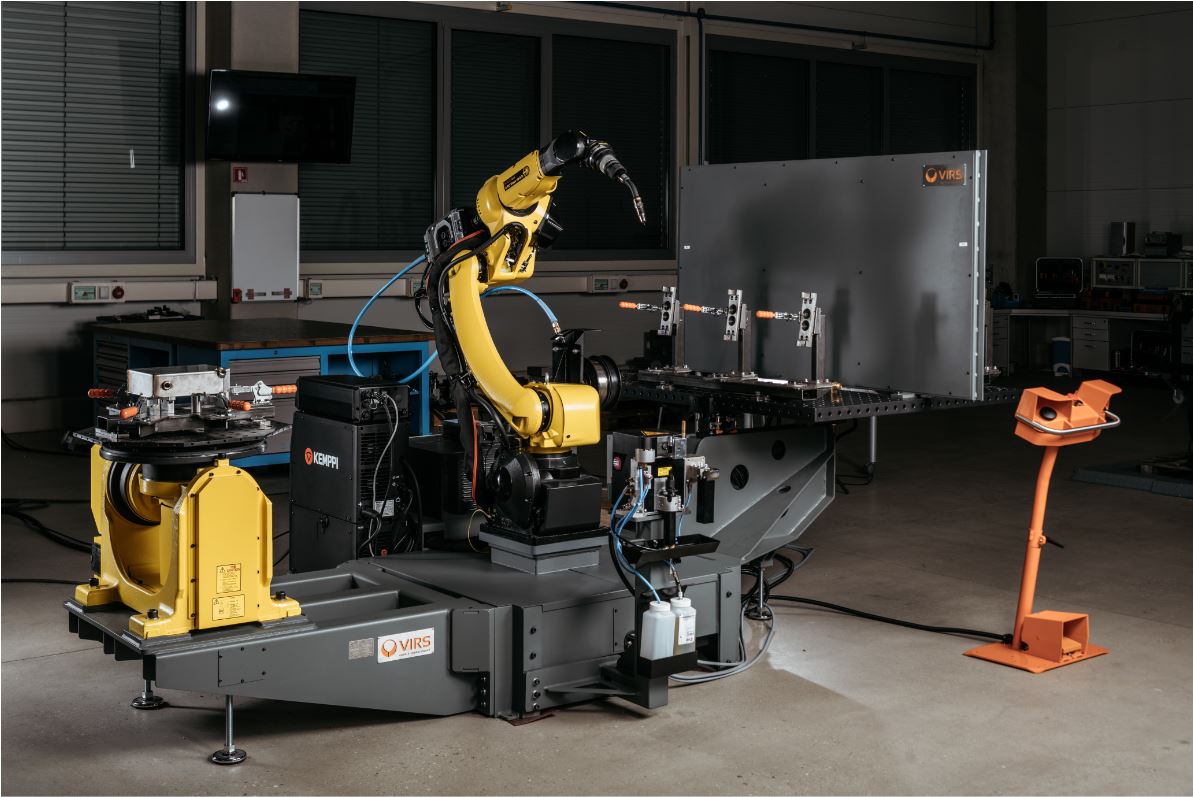When buying a robot cell, especially for smaller businesses, price can be crucial. A more affordable cell with a smaller robot and limited range and without integration, can be used for smaller products. An example of such a cell is the modular RoboFlex cell, which also allows for a perspective upgrade. A more complex cell can cost more than a small business can afford, but check this option nonetheless.
Some financing providers offer customers the option to purchase the entire system after the contract expires for only € 1. This can also make smaller companies competitive in the welding industry. To calculate depreciation costs, it is first necessary to determine the type of production you get with the new system. The formula for calculating welding times can help you determine the maximum number of pieces per hour that you can make with the most productive system. In most cases, the cell is designed so that while the robot is welding, the operator removes the welded product and inserts new semi-finished products. In this manner, the system is fully utilized. If the robot is waiting for an operator or the operator is waiting for a robot, add the welding time to the time required to insert and remove the products. The sum of both times is the time required for each welded assembly. The formula is simple and surprisingly accurate. First, count all the welds on the product. If the product requires much more difficult-to-access circular welds, consider these welds as two welds, each doing half the length of that weld. Let’s say you have 33 welds. Add up the lengths of all the welds. In our case, the sum is 180 cm. Determine the type of device used and the feed rate (in cm/min) that you expect for an appropriate welding process. For a 6 mm thick material, you can expect, according to the MIG/MAG process, a welding speed of approx. 75 cm/min. Calculated, this means 0.8 seconds for every centimeter of weld in our case.
Steps to calculate the time required:
- Multiply the total number of welds by 2 seconds. This time includes the movements of the robot from one weld to another: 2 s x 33 welds = 66 s
- Multiply the total length of the welds by 0.8 seconds per centimeter to get the welding speed: 0.8 s/cm x 180 cm = 144 s
- If using a positioner, add 5 seconds: 66 s + 140 s + 5 s = 215 s
The total welding time is 215 seconds. Most integrators add a safety factor of 20% to the calculated time.In today's situation, a robot can be a very useful tool. Once you've economically justified the investment and decided to buy a welding robotic system, it’s time to explore.


